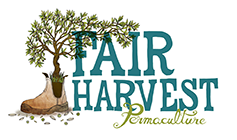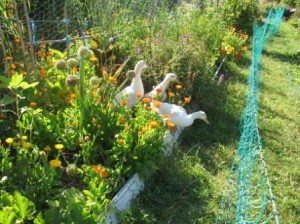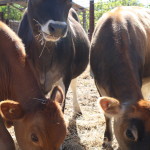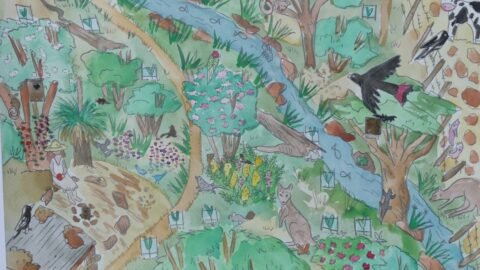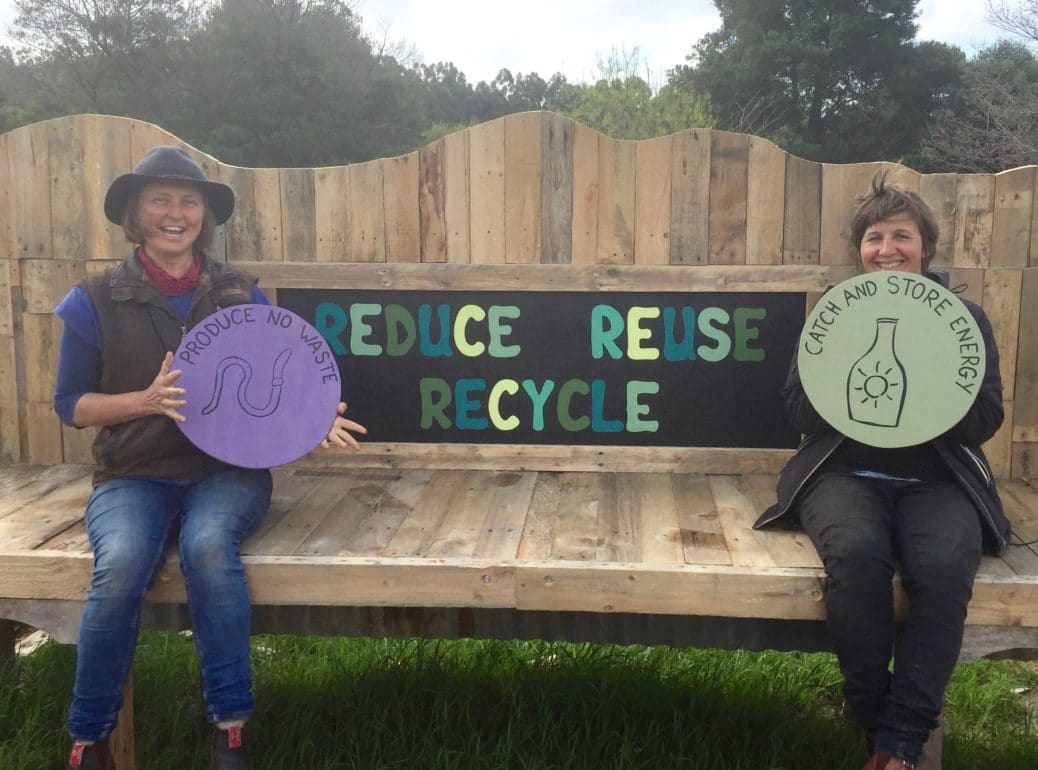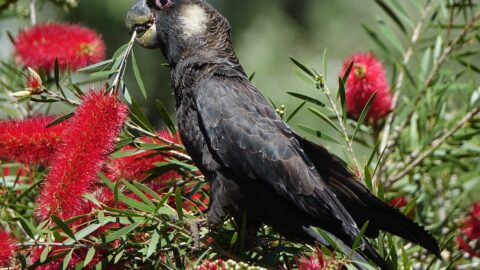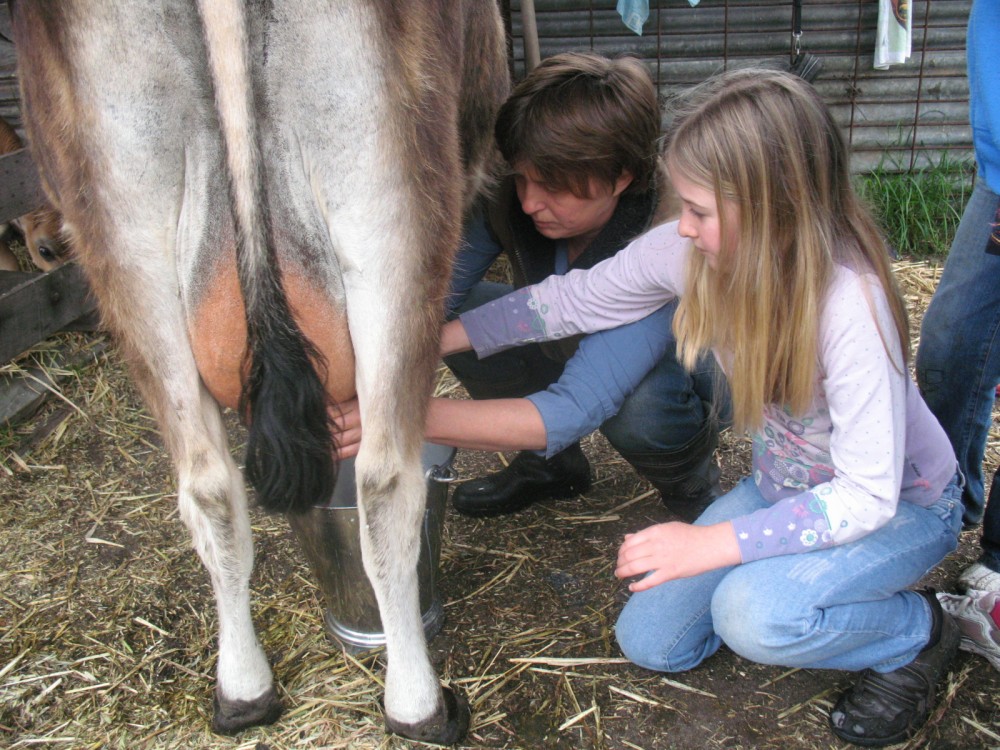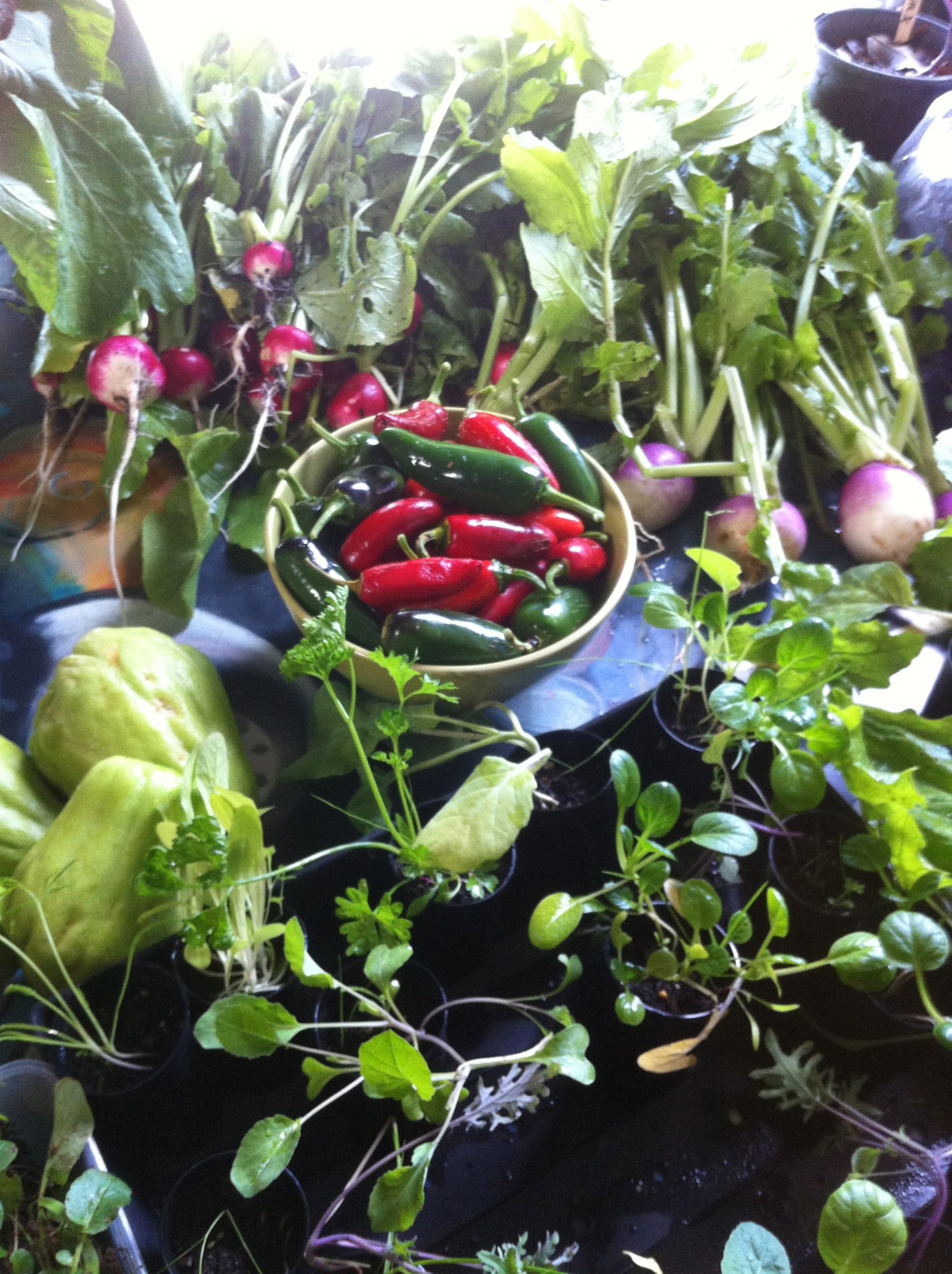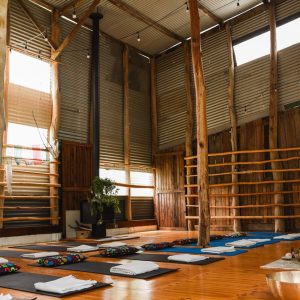Another month on and the creek project has developed so much.
This beautiful project is one that is attracting energy as it moves, when something feels right and the time is right so many things fall into place. Here’s an update on how things are coming along.
While we spend more and more time in the Mokidup catchment creek that runs below Fair Harvest, our big priority has been protecting and building the exposed soil. With earthworks and digging comes beautiful, fragile, exposed soil and while this is makes for easy planting, it’s also got a high chance of being eroded and washed away down the creek.
The trees we removed earlier were the most amazing organic resource for us and while we had started by mulching them, we soon observed how difficult it was to walk through the thick branches on the ground and realised that we were possibly mulching one of our best forms of Kangaroo protection. From then on we began the massive job of dragging branches around so that they covered the maximum amount of soil before the rain came, we laid them parallel to the creek line to protect the banks as much as possible . Many of the larger logs will be used over the upcoming weeks and during the Riparian Zone rehabilitation course to slow the movement of water by creating riffles.
Fortunately we have a big enthusiastic family that jumped on board and with a few of working bees we got most of the branches moved into position.
Meanwhile Rod and Do have been experimenting! (following text by Rod Hughes)
Experimenting in a couple of ways to boost soil biology:
- To help improve the soil for planting, we made a compost inoculant to boost bacteria, yeasts and fungi. We put mesh bags of Fair Harvest biochar into a 200L drum of the inoculant and circulated the mix for ~24 hours. The ‘charged’ biochar was then dried and crushed, mixed with gypsum and spread in the project area.
- The other work is to try to accelerate the breakdown of the mass of heavy timber and other wood in the project area – just like a forest would do. Based on the work of permie teacher William Horvath and mycologist Paul Stamets, we are bringing saprophytic fungi from the nearby bush and will use that is two ways. Rotting wood pieces are being spread in the project area to try to ‘infect’ the new wood lying in contact with the soil. We are also breeding up fungal spores by taking rotting wood and soil form the bush, feeding it (with fish hydrolysate) to develop for a few days, then making a fungal compost tea to spray on the new fallen timbers.
And then it rained! Good heavy long rain followed by sweet soft rain then sun then more sweet soft rain and now we are 6 days into May and every day has provided moisture and there’s a soft haze of green across the paddocks and seedlings are volunteering in the wetland.

Paraserianthes lophantha (Cape Leeuwin Wattle) volunteering near the dam (no idea where the seed stock came from or how long it’s been in the soil).
While work on the ground has been ongoing the work behind the scenes has been a big exercise in starting to understand the plants, what we can get hold of, what we can propagate, what attracts which bird and animal life and how the plant communities work together. Luckily again we’ve had amazing help in this including our incredible friend Jen who has an intimate knowledge of the plants of the region and their roles in the eco system.
Jen has not only helped us with design but has provided us with both seeds and seedlings.
We have also had incredible financial help from unexpected sources …you know who you are and we thank you deeply, every little bit helps.
The list of plants below is just the beginning, Jen keeps turning up with more precious plants that she has been caring for over the long dry summer and my brain is trying to stretch itself around a host of new plant names.
Here’s a list of the plants so far..
 And in the last bit of exciting news Elaine Clocherty is joining us for the week during the Riparian Course and we will get to work with her in creating some amazing land art.
And in the last bit of exciting news Elaine Clocherty is joining us for the week during the Riparian Course and we will get to work with her in creating some amazing land art.
We hope that during this project we will not only learn more about the wetland, its flora and fauna but also create a deeper connection with the spirit of the land.

Elaine Clocherty Land Art in the Ellensbrook Creek
